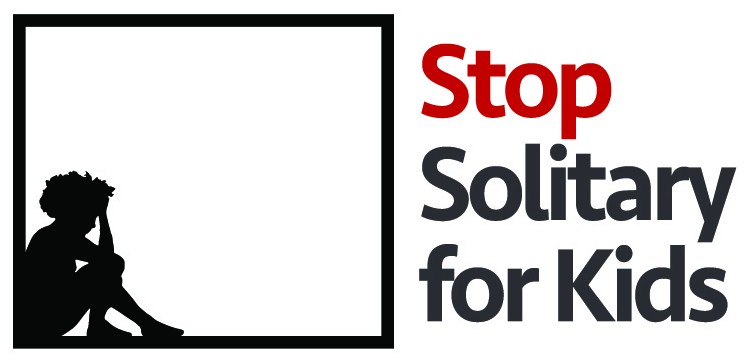The Juvenile Detention Alternatives Initiative (JDAI), supported by the Annie E. Casey Foundation, is in more than 250 sites in 39 states. JDAI is based on eight core strategies for detention reform. One of the strategies is ensuring safe and humane policies, practices and conditions in juvenile facilities. The Initiative uses a comprehensive set of “best practice” standards and facility assessments conducted by local stakeholders to evaluate and improve conditions of confinement.
The JDAI Standards refer to solitary confinement as “room confinement,” defined as the involuntary restriction of a youth alone in a cell, room, or other area, that may only be used as a temporary response to behavior that threatens immediate harm to the youth or others. It may never be used as a punishment or disciplinary sanction.
JDAI Strategies to Eliminate the Unnecessary Use of Room Confinement
As part of JDAI, the Center for Children’s Law and Policy identified practical strategies for facility and agency administrators to eliminate solitary confinement.
JDAI Facility Assessment Standards (2014)
Under the JDAI Standards, room confinement:
- Must be governed by policies and procedures;
- Must be fully documented by facility staff;
- Can only be used if behavior threatens imminent physical harm to youth or to others;
- Not used for punishment, discipline, administrative convenience, staffing shortages;
- Can only be used after exhaustion of less restrictive de-escalation techniques;
- Only used for the time necessary for youth to regain control, no longer pose a threat;
- Must be approved by unit supervisor and increasingly senior administrators;
- Cannot be used for longer than 4 hours.
The JDAI standards require that youth held in room confinement be in clean, sanitary, suicide-resistant and protrusion-free rooms, with adequate ventilation and at comfortable temperatures and that ensure reasonable access to water, toilet facilities, and hygiene supplies.
The JDAI standards provide that, for any youth placed in room confinement, staff develop a plan that will allow the youth to leave room confinement and return to programming as soon as possible. Procedures must clearly describe how and when staff should involve qualified medical and mental health professionals in treating the out-of-control youth. JDAI requires that, if at any time a qualified mental health professional determines that the level of crisis service needed is not available in the current environment, or if, at the end of 4 hours, the youth has not regained self-control, the youth should be transferred to a mental health facility or the medical unit of the facility.
The standards require that youth at risk of self-harm should be encouraged “to participate in activities and programs unless staff cannot manage their behavior safely.” Youth at risk of suicide must be engaged in social interaction—not isolated—and have an opportunity to participate in school and activities, and must be monitored one-on-one on a continuous basis or transferred to a mental health facility.
